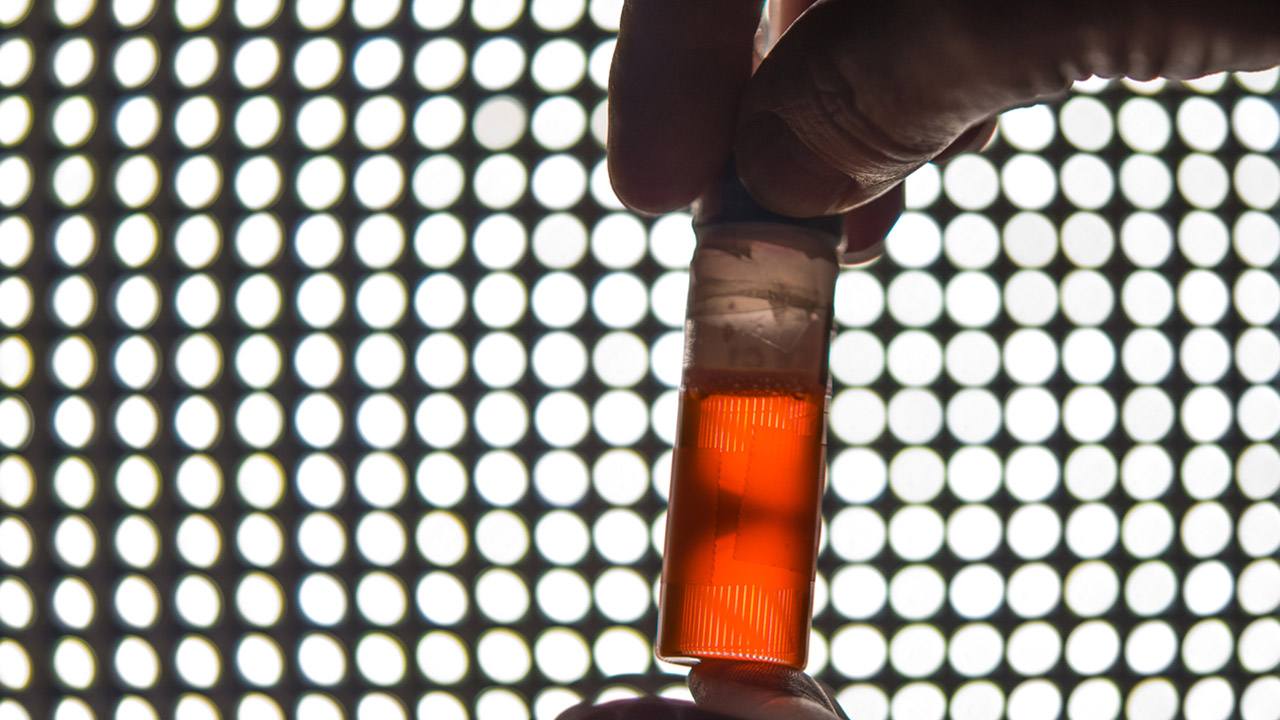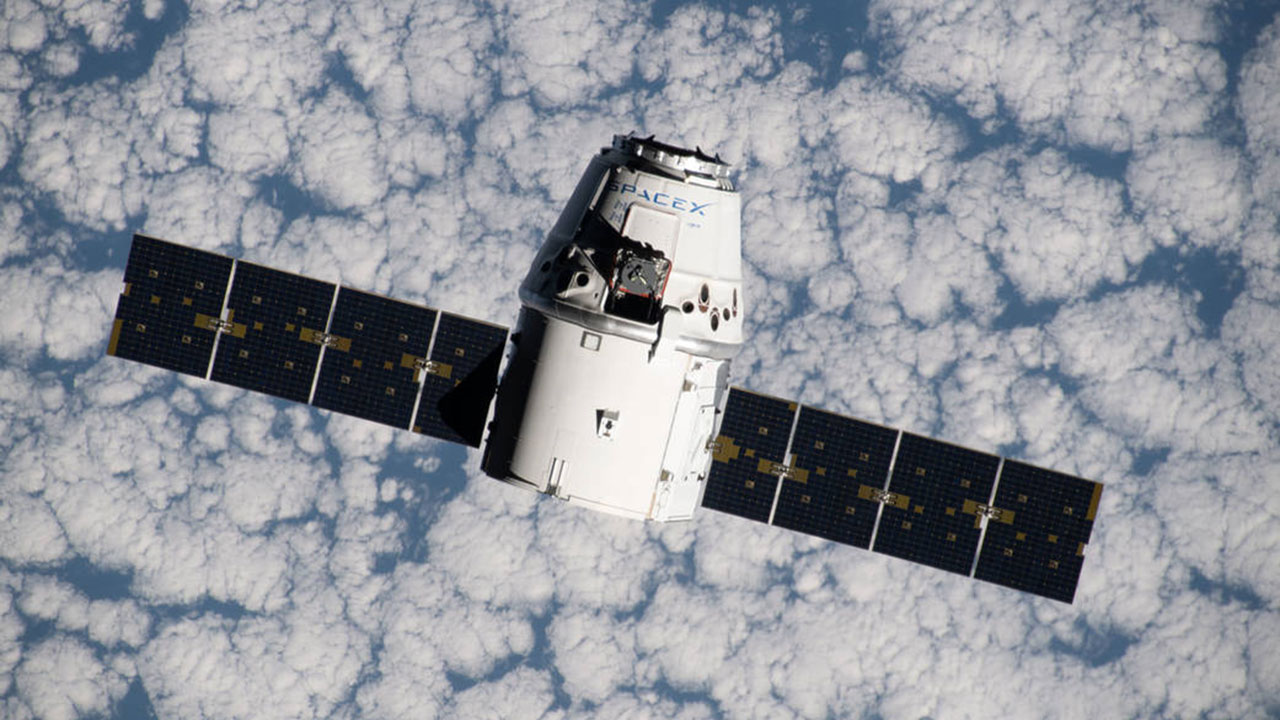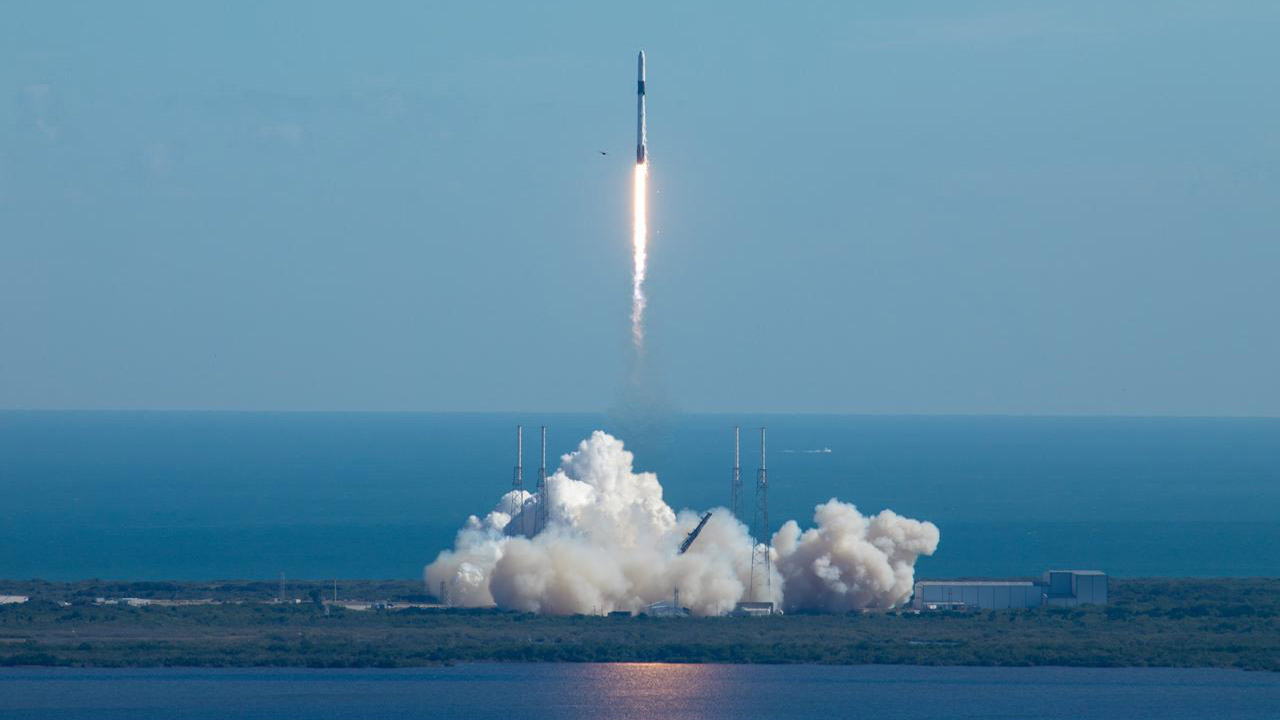At a Glance
- The ISS National Lab will be active throughout the MRS Fall Meeting, with two technical talks, a panel discussion on proposal development, and a booth in the exhibit hall.
- The persistent microgravity environment of the ISS provides a unique platform for improving the uniformity, or isotropy, of materials manufacturing.
- The ISS National Lab has facilitated numerous projects in the area of complex multiphase materials such as foams, gels, colloids, and microemulsions.
- The microgravity environment of the ISS may improve the manufacturing of a new class of metal alloys: high-entropy alloys.
Uniformity. It is a central concept in materials science. We have all heard about how a chain is only as strong as its weakest link. When metals are not alloyed (or mixed) to uniformity, weak points develop that lead to fracturing of a single link and failure of the entire structure. The uniformity of materials is set during the solidification process. And the nemesis of uniformity during complex solidification processes is gravity.
The International Space Station (ISS) U.S. National Laboratory is coming to the 2019 Materials Research Society (MRS) Fall Meeting in Boston to spread the word to the materials community about the unique research platform available on the ISS. Access to the persistent microgravity environment on the ISS means freeing researchers from the one-dimensional force of gravity. Microgravity mitigates effects such as buoyancy and sedimentation and can produce materials with a higher degree of uniformity. To provide specific examples, I will be giving two technical talks on the role of microgravity in achieving uniformity during materials manufacturing and research opportunities on the ISS.
The ISS National Lab at the MRS Fall Meeting
Behavior of Multiphase Fluid Systems in a Persistent Microgravity Environment
- Symposium: SB11.01: Complex Fluids, Hynes Room 306
- Monday, December 2, 2019, 11:15 a.m. to 11:30 a.m. ET
How to Develop an Effective Proposal for User Facilities—Workshop
- User Facilities Panel Discussion, Sheraton 5th Floor, The Fens
- Tuesday, December 3, 2019, 4:00 p.m. to 8:00 p.m. ET
Opportunities for Improved High-Entropy Alloys via Microgravity Solidification
- Symposium: MS04.09: Design and Synthesis of High-Entropy Materials I, Hynes Room 110
- Thursday, December 5, 2019, 11:30 a.m. to 11:45 a.m. ET
Complex Multiphase Materials
My presentation on December 2 focuses on the effects of microgravity on complex multiphase materials, such as gels, foams, colloids, and emulsions. These complex fluids exist as a combination of gaseous, liquid, or solid phases that self-assemble into structures. However, gravity can cause solids to fall out of solution (sedimentation) or fluids and gases to phase separate out of solution due to differences in density (buoyancy). And like the layers in the dessert flan, gravity causes the compression of the bottom layers of gels and foams (stratification), creating nonuniform density and material properties. While this nonuniformity, or anisotropy, can be useful for some applications, it is prohibitive in others, such as insulation, wound dressings, and support structures.
The ISS National Lab has facilitated numerous research investigations into multiphase materials, ranging from suspended particles in solution (colloids) to foams and gels, emulsions, and liquid crystals. My talk will cover several examples as case studies of multiphase research in a microgravity environment. Procter and Gamble (P&G) has leveraged the ISS National Lab to study the stability and motion of colloids and gels in microgravity. By exploring the transport and stability of gels and colloids in the absence of gravity (see the 3D confocal scan of colloids in the video below), P&G can improve the quality and shelf life of consumer products we use every day.
Composite, rotating confocal image stack showing 3D colloidal structure from P&G's ISS National Lab investigation.
In another ISS National Lab investigation, Tympanogen examined the structure of hydrogels polymerized on the ISS and analyzed the release and transport of drugs from hydrogel wound patches. Results from this research can help improve the manufacturing process of wound dressings and better control the release of antimicrobial drugs. In addition, research in the areas of foam stability in the absence of drainage in microgravity and the formation and structure of graphene aerogels is ongoing onboard the ISS.
Examples of Complex Multiphase Materials
Aerogels
Aerogels are lightweight, solid structures with a high degree of porosity. The solid fraction can be composed of polymers, silica, nanomaterials, or metal oxides, which form a network with large holes. Due to the high air content, these materials have low thermal conductivity and very low densities, which leads to high strength-to-weight ratios. Aerogels are used in numerous applications, such as insulation, absorbents, catalyst supports, and battery electrodes, among many others.
Hydrogels
Hydrogels are polymer networks that are surrounded by water. These materials are typically soft and flexible with a high moisture content. Because of these properties, hydrogels have been used for applications in cell culturing, tissue scaffolding, and contact lenses, among others.
High-Entropy Alloys
My talk on December 5 will discuss a burgeoning class of metal alloys, high-entropy alloys. This new class of metal alloys has great potential for unprecedented strength and fracture toughness. However, high-entropy alloys are a complex mixture of many elements with varying densities. This leads to the separation of elements in the melt and anisotropy in the solidified high-entropy alloys, which causes poor overall strength and mechanical properties.
The presentation will lay out the case for using the microgravity environment of the ISS to manufacture high-entropy alloys with uniformity in composition (isotropy) throughout the alloy. While the solidification of high-entropy alloys themselves has not been tested in microgravity, there have been numerous studies of metal alloy solidification in microgravity that provide evidence of improved uniformity in the solidified product. The manufacture of high-entropy alloys is analogous to in-space manufacturing of complex fluorinated glasses (ZBLAN optical fibers) currently being tested on the ISS.
High-entropy alloys, which are composed of five or more elements in near equal proportions, are an exciting area of metals research. The term “high-entropy” describes the energetics of the uniform mixture that are needed for so many components to exist as an alloy rather than distinct phases. Some alloys have been shown to have higher fracture toughness, strength-to-weight ratios, wear resistance, and corrosion resistance when compared with many existing metal alloys, such as aluminum alloys and steels.
Other MRS Activities
Lastly, I will participate in a panel at the User Facility Proposal Development Workshop at the MRS Fall Meeting to discuss research and funding opportunities on the ISS National Lab. Joining with other national laboratories and user facilities, we will discuss the proposal development process and evaluation criteria.
Come find us at either of the talks or the workshop discussed above. We will also have a booth in the exhibit hall (Booth #1111 at the north end). Visit us to learn about the exciting research opportunities on the ISS National Lab and how you can translate your research to space.
ISS National Lab Research Opportunities
Two ISS National Lab Requests for Proposals (RFPs) related to materials science are currently open:
- Transport Phenomena Research on the ISS to Benefit Life on Earth (in collaboration with the National Science Foundation)
- Advanced Materials Research and Development Onboard the ISS National Laboratory
Learn more about the ISS National Lab Proposal Submission Process







